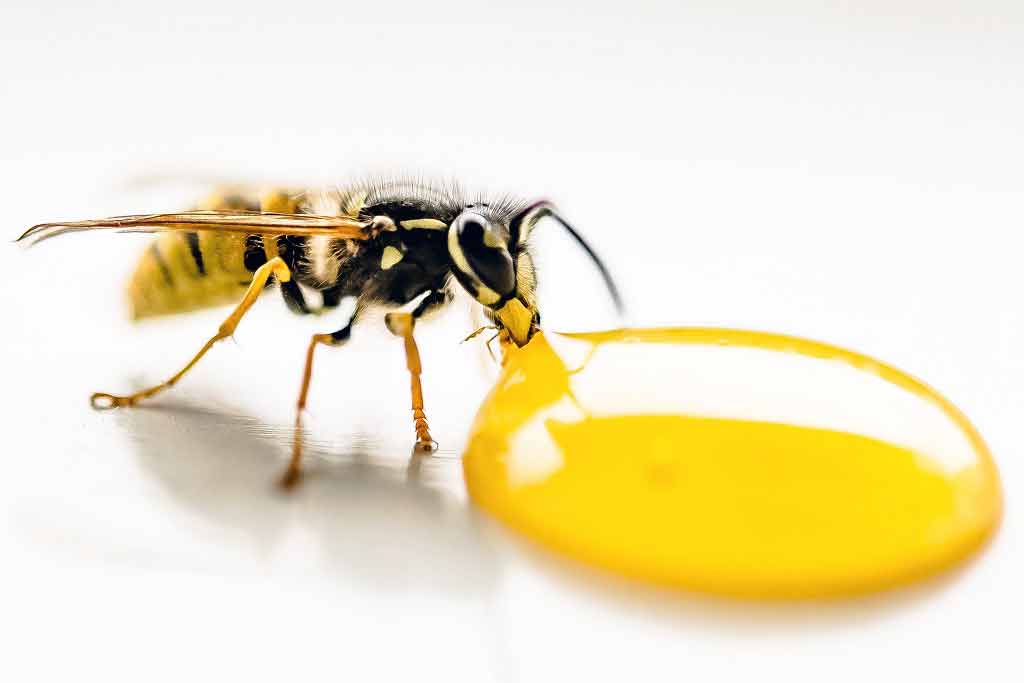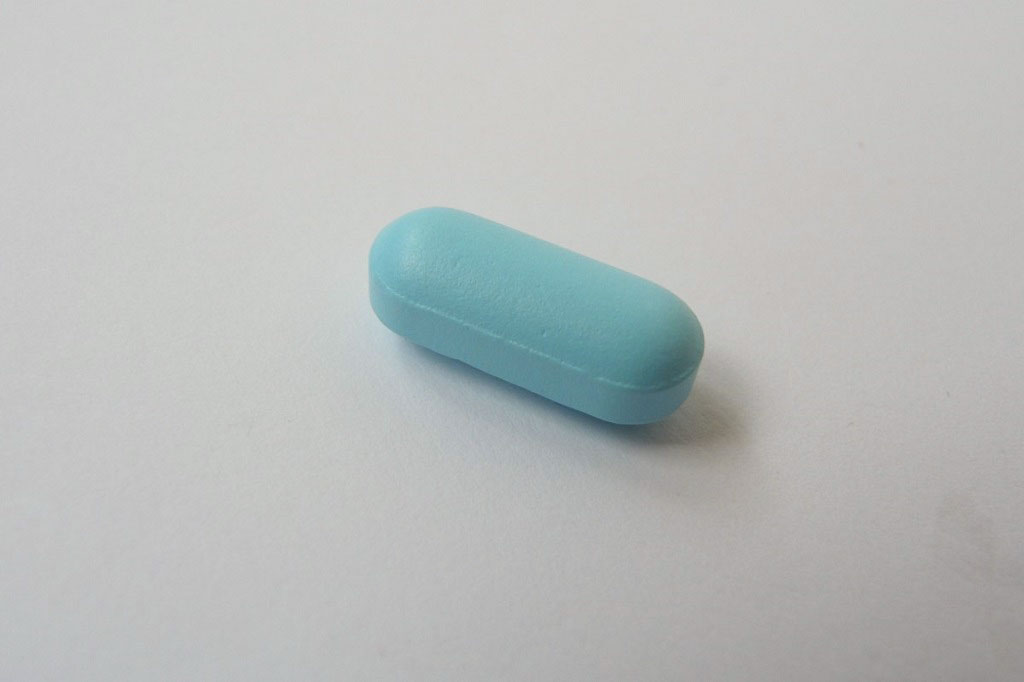'Bug busting' properties of honey assessed
Heart and lungs

"You won't bee-lieve it! Could manuka honey beat drug-resistant superbugs?" asks the Mail Online website, prompted by a new study into the bacteria killing potential of honey. The study looked at the effects of different types…
“You won't bee-lieve it! Could manuka honey beat drug-resistant superbugs?” asks the Mail Online website, prompted by a new study into the bacteria killing potential of honey.
The study looked at the effects of different types of New Zealand honey on the growth and appearance of various bacteria in the laboratory. It found that the different honeys had different effects, with manuka honey tending to have the greatest effect in reducing bacterial growth, followed by kanuka honey, and finally clover honey.
The researchers recently published another study into the effects of combining honey with antibiotics on the “superbug” MRSA in the laboratory, but this research is not covered here.
News of anything that can help stunt bacterial growth is always welcome, especially due to the growing problem of antibiotic resistance – as highlighted in the recent Chief Medical Officer’s Annual Report.
However, one salient point missing from the news coverage of the study is that it was funded and partly carried out by a company called Comvita, which supplies medical grade honey.
Although this does not necessarily mean the results are biased, ideally they need to be replicated and confirmed by independent laboratories.
While the current study does give further information about the action of honey in the laboratory, the real test is to assess the effects on real patients. A recent systematic review (PDF, 829.8Kb) by the Cochrane collaboration has suggested that while there are initial indications honey may have some effect in moderate burns, as yet there is not robust evidence of a beneficial effect of honey on wound healing.
It is likely that research into the effects of honey will continue.
Where did the story come from?
The study was carried out by researchers from the University of Technology, Sydney and other research centres in Australia and New Zealand, as well as Comvita NZ Ltd, which supplies medical grade honey. The research was funded by the Australian Research Council and Comvita NZ Ltd.
The study was published in the peer-reviewed scientific journal: PLoS ONE which is operated on an open access basis (articles are free to download).
The study covered in this appraisal compared the effects of different types of honey on bacterial growth. The researchers have also carried out other research into honey, including another study published in PLoS ONE about the effects of combination of manuka honey plus antibiotics on the “superbug” MRSA in the laboratory.
The Mail Online’s coverage doesn’t make explicit that Comvita, whose honey is pictured in the article and referred to as “the best” at inhibiting bacterial growth, sponsored and helped conduct the study. While this does not necessarily mean the results are biased, it would be better to be clear about this in the article.
What kind of research was this?
This was a laboratory study looking at the effects of different New Zealand honeys on bacterial growth. Previous research has found that honey made by bees collecting nectar from the manuka plant is able to restrict bacterial growth, including some antibiotic resistant bacteria. The researchers say that bacterial resistance to manuka honey has not been seen in the laboratory.
This has led to honey being studied for use in wound healing. This could be particularly important due to increasing resistance to antibacterial drugs and the fact that few new antibacterial drugs are being developed.
The researchers note that as honey is a natural product, its contents vary. Therefore, they wanted to study the anti-bacterial properties of honeys made by bees using different plants, and also honeys from different locations in New Zealand to see if they had varying effects.
What did the research involve?
The researchers used a range of different honeys in their experiments, including honey made by bees only from the manuka plant, only the kanuka plant, a manuka-kanuka mixture, or clover honey. They also used manuka and kanuka honeys from different locations in New Zealand.
These honeys were chosen for their differing levels of two chemicals; methylglyoxal (MGO) and hydrogen peroxide, as these are both thought to contribute to the antibacterial effects of honey. Manuka honeys have the highest levels of MGO and moderate to high levels of hydrogen peroxide, kanuka honeys have low levels of MGO and moderate levels of hydrogen peroxide, and clover honey has very little of either of these chemicals.
The researchers added these honeys to bacteria growing in the laboratory in conditions that aimed to mimic what would be seen in chronic wounds. Chronic wounds are those which take a long time to heal properly. Aside from the wound itself, a concern is that the open wound is prone to infection which can lead to further tissue damage.
They used four different bacterial species (Baccilus subtilis, Pseudomonas aeruginosa, Escherichia coli, and Staphylococcus aureus). Some strains of Staphylococcus aureus have acquired resistance to a number of antibiotics, and these hard to treat strains are referred to as MRSA, sometimes called “superbugs”. These resistant strains were not used in this study, although the researchers have carried out research on the effects of combining honey and antibiotics on MRSA.
The researchers measured whether the honey slowed the rate at which the bacteria multiplied and looked at whether the honey affected the shape of the bacteria.
What were the basic results?
The researchers found that the different bacteria had different responses to the different honeys. The Pseudomonas aeruginosa was the least susceptible to the effects of honey.
In general, the manuka honey was the most effective at slowing the rate at which the bacteria multiplied, followed by the manuka–kanuka mixture, then the kanuka, and finally the clover honey.
The effect of the honeys on bacterial growth seemed to be related to the hydrogen peroxide in the honey, as counteracting its effects with another chemical called catalase reduced the effect of the honeys. Removing the effects of hydrogen peroxide did not completely remove the effects of the honeys, even when there were also low levels of the chemical MGO, and this effect could not be attributed to sugar alone. This suggests it is not only these chemicals having an effect.
The researchers also found that the different honeys had different effects on the different bacterial cells. This included changes in the lengths of bacterial cells, cells bursting open, and changes in the appearance of the DNA inside the cells.
How did the researchers interpret the results?
The researchers concluded that the range of effects seen with different honeys reflects the variation in response “that could be expected by bacteria present in chronic wounds”, and that the findings have “important implications for the clinical application of honey in the treatment of these wounds”. For example, they recommend that clover honey is not used for infected wounds where multiple types of bacteria are present as it does not have a broad enough effect.
Conclusion
This study provides more information about the actions of different honeys on different types of bacteria in the laboratory. There has been considerable interest in the anti-bacterial properties of honey, as it has been used since ancient times for preventing wound infection. Several modern drugs have been derived from old remedies and natural sources.
As with drugs, studies are often conducted by the suppliers or manufacturers of the product being tested, as was the case in the current study. This does not necessarily mean that the results are biased, but ideally, the findings would be confirmed in research from independent laboratories.
A recent systematic review from the Cochrane collaboration identified 25 trials assessing honey as a treatment for acute and chronic wounds. It concluded that honey dressings did not significantly speed up healing in one type of leg ulcer (venous leg ulcers) when used alongside compression of the ulcer, and could delay healing in deep burns and in ulcers caused by a sandfly bite (cutaneous Leishmaniasis). The results were slightly more encouraging for moderate burns, where the review concluded that honey may shorten healing time compared with conventional dressings, but the review authors had serious doubts about the reliability of this finding. There was not enough evidence to assess the effects of honey on other types of wounds.
While the results of this current study do support an antibacterial effect of honey, results derived in a laboratory do not necessarily translate into a real-world setting. As the authors of the current study note, “more clinical data are needed for robust statistical appraisal” of the effects of honey in wound healing in patients.
Overall, it seems likely that research into the antibacterial effects of honey will continue. Studies such as the current one in the laboratory do need to be followed up by robust randomised controlled trials to assess whether these properties translate to benefits in patients.






 Subscribe
Subscribe Ask the doctor
Ask the doctor Rate this article
Rate this article Find products
Find products








